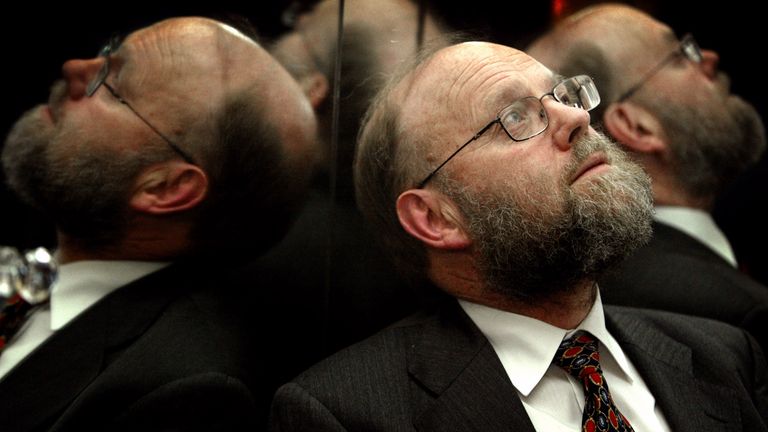Modest, mild-mannered and unassuming, Ian Wilmut didn’t fit the popular stereotype of the pioneering scientist.
But his work that produced Dolly the sheep in 1996 wasn’t just a landmark in regenerative medicine – it helped reshape the relationship between science and society.
The biological significance of Dolly the sheep is often misunderstood. She wasn’t the first clone of a mammal. Wilmut’s team and others had previously cloned sheep using cells taken from sheep embryos.
Dolly mattered because she was the first mammal to be cloned using adult tissue, or “somatic” cells.
Until the breakthrough at the lab at the Roslin Institute in Edinburgh, biologists believed that once a mammalian cell had matured into a specific tissue type, it was impossible to “turn back the clock” and make that cell capable of turning into another.
What Wilmut’s team proved (and it was always “team” – Wilmut disliked taking personal credit for the collaborative work) was that it was possible to “reprogramme” somatic cell.
What’s more, if treated right and implanted into a surrogate ewe it could recreate a whole new organism – a clone of the original.
Read more:
‘He was a titan’: Dolly the sheep clone scientist dies
As Wilmut said in an interview in 2019: “The most important effect of the Dolly experiment was to make biologists think differently.”
To biologists, the significance was huge. If it’s possible to turn any cell in the body back into an embryonic-like cell, it’s therefore possible to recreate new adult cells exactly matched to the original donor.
It was a huge boost to the emerging field of regenerative medicine that hoped to be able to recreate bespoke new tissues or organs to replace those lost to accident or disease.
But what stole the headlines of course was the new-found and nightmarish possibility of cloning humans.
The justified excitement around the scientific discovery fuelled such stories, even though Wilmut and thousands of other scientists working in the field found the idea morally unthinkable.
And in that regard, Wilmut was perhaps the best kind of person to calm the media frenzy. He just wasn’t the crazy-haired maverick of sci-fi movies people might have feared.
As Roger Highfield, science correspondent at the Daily Telegraph when Dolly was born, recalls: “Journalists expecting to meet a wild-eyed Frankenstein were surprised to be confronted with the genial and softly spoken figure of Ian, in wool sweater, parka and, as one paper put it, ‘the face of a bank clerk’.”
Nonetheless, the advent of the possibility of human cloning led to widespread international debate about the implications, and ethics.
Bill Clinton, then the US president, immediately banned human cloning in the US. Many other countries followed suit (It was already illegal in the UK under the HFE Act of 1990).
Mr Clinton said at the time that human cloning “has the potential to threaten the sacred family bonds at the very core of our ideals and our society”.
However, he went on to say: “There is nothing inherently immoral or wrong with these new techniques … [which] hold the promise of revolutionary new medical treatments and lifesaving cures.”
The implications of Dolly understandably concerned the public and led to far more public scrutiny of their research.
Scientists found themselves having to communicate what they were doing more clearly than before. It also required journalists like me to work harder to understand the complexities of a fast-moving field like regenerative medicine.
Dolly advanced biology, but she also forced scientists to renegotiate their moral contract with society. To the benefit, I think, of each. Both of which are Sir Ian Wilmut’s legacy.


